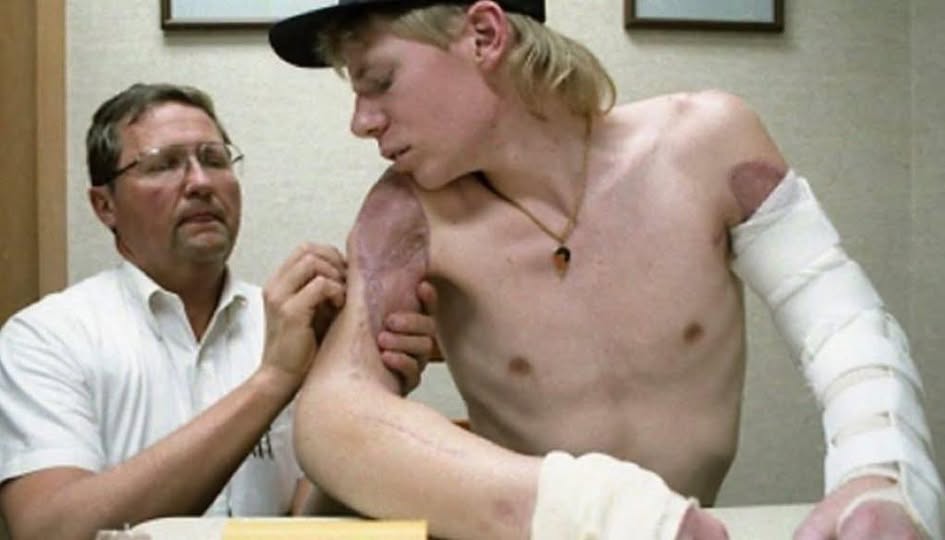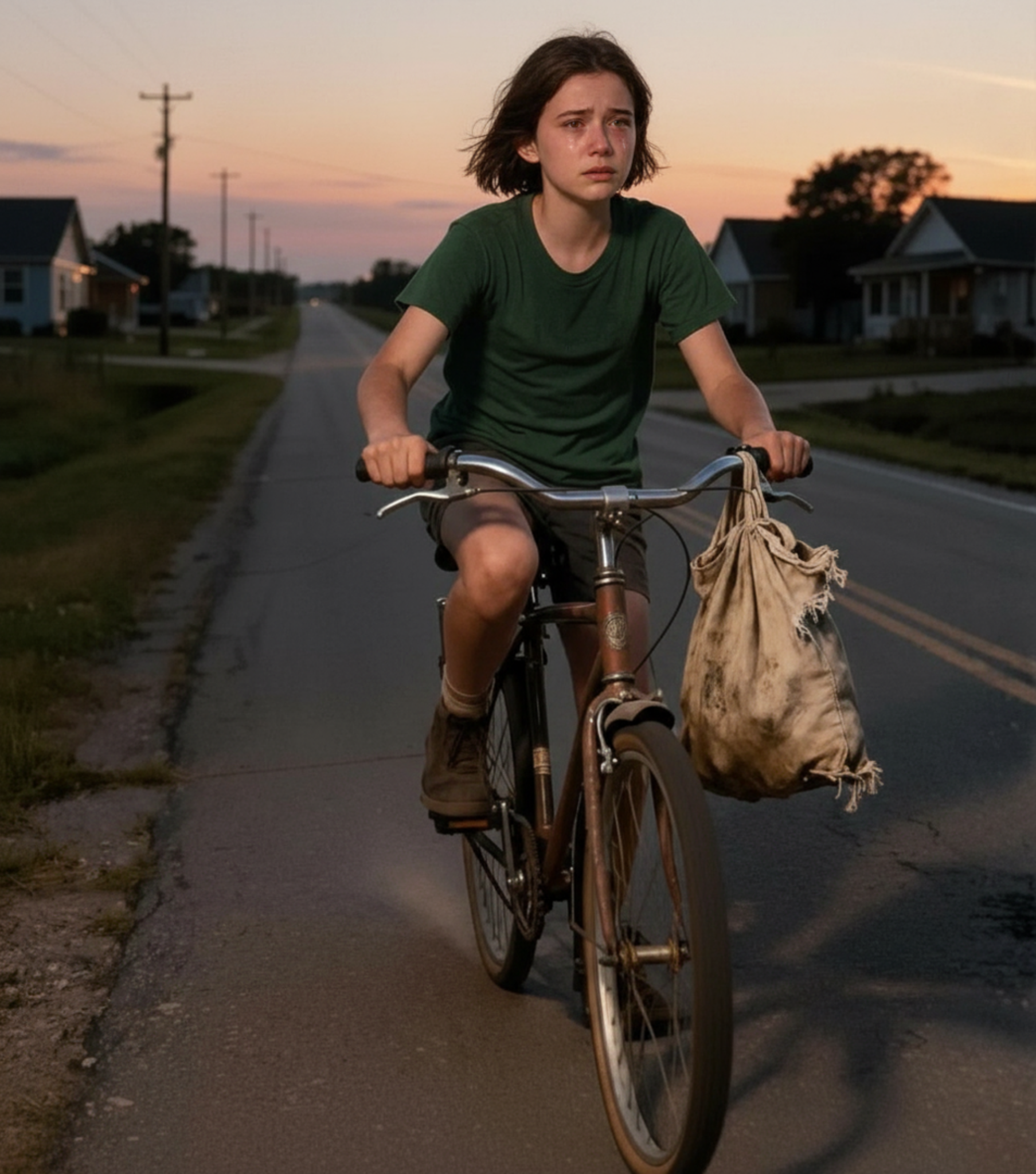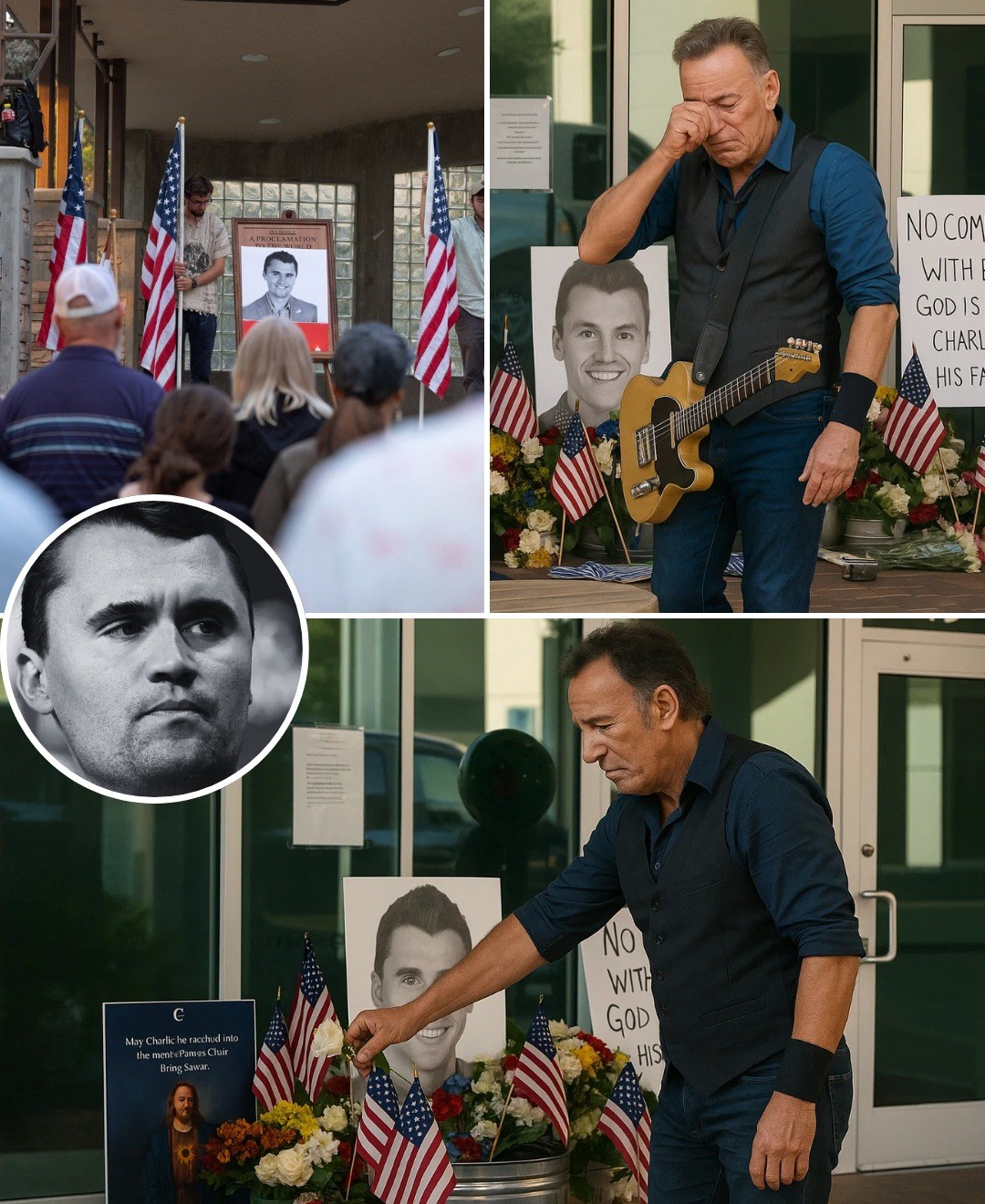Los Angeles, August 2025 – Tensions boiled over in downtown Los Angeles on Sunday as protests against recent immigration enforcement actions descended into disorder, resulting in confrontations between demonstrators and police. Amid the chaos, an Australian journalist on assignment was struck by a rubber projectile—an incident caught live on camera and now drawing global scrutiny.
The reporter, who was working for an Australian broadcaster, had been stationed alongside other members of the press to document the unfolding protest. Footage from the scene shows her delivering a live segment when she was hit in the shoulder by a rubber round fired by law enforcement, briefly knocking her out of view.
Despite the sudden blow, the journalist later confirmed she was not seriously hurt. Still, the incident has reignited broader conversations about the hazards journalists face when covering protests, as well as renewed criticism over the deployment of so-called “less-lethal” weapons by U.S. police forces.
Protest Sparked by Immigration Crackdown
Sunday’s demonstrations were organized in response to a wave of immigration raids conducted across Southern California. Federal agents had targeted several communities, reportedly detaining dozens of undocumented residents in a series of pre-planned operations.
Immigration advocacy groups quickly mobilized, calling for rallies and candlelight vigils. Protesters first gathered at City Hall before marching toward the federal courthouse, holding signs that read “No One is Illegal” and demanding an immediate halt to the raids.
By midday, the gathering had swelled to several thousand participants, including activists, clergy, and local residents. Organizers labeled the raids “cruel” and “politically driven,” while federal authorities maintained that the operations were a lawful enforcement of immigration policy.
Confrontations Intensify
As the protest grew, authorities erected barricades and designated controlled protest zones. Witnesses said the event remained largely peaceful for most of the day. However, as nightfall approached, clashes broke out between a subset of protesters and officers outfitted in riot gear.
Reports from the scene indicate that objects such as bottles and cans were hurled toward police, prompting officers to respond with batons and rubber bullets. Tear gas was also used near the intersection of Spring Street and First Avenue, where a large crowd had assembled.
It was during this period of heightened tension that the Australian reporter was injured. She was near the front lines, filming a live report, when law enforcement advanced and fired the rubber projectile that struck her.
Eyewitnesses React
Multiple observers described the incident as disturbing.
“She dropped back immediately when she got hit,” said Maria Gonzalez, a local organizer who had been livestreaming the event. “She wasn’t in the thick of it—she was clearly doing her job. There was no reason to target her.”
Other media personnel on-site echoed those concerns. A photojournalist with an international news service stated he was also struck by rubber rounds. “We had press badges, professional equipment—you could tell we weren’t demonstrators,” he said.
Press Freedom Under Threat?
The episode has drawn widespread condemnation from advocates of media rights. The Committee to Protect Journalists (CPJ) issued a strong rebuke.
“Journalists should be able to document public gatherings without fear of harm from law enforcement,” the CPJ said in a statement. “This is part of a troubling pattern in the U.S., where members of the press have increasingly come under fire while covering civil unrest.”
The Australian Embassy in Washington, D.C., said it was closely monitoring developments and had contacted the journalist’s employer to offer support and obtain updates.
Immigration Policy in the Spotlight
At the heart of the protest lies the long-running debate over how the U.S. handles immigration enforcement.
The recent raids are part of a wider push to remove undocumented individuals with prior deportation orders. While government officials say this is necessary for maintaining legal integrity and public safety, critics argue that the raids are overly aggressive and sow fear among immigrant communities.
Advocacy groups claim the timing of the operations—amid heated political debates on border security—suggests a deliberate effort to intimidate marginalized populations.
The Media’s Role in Unrest
Journalists have long played a pivotal role in capturing the realities of civil unrest, often placing themselves at considerable risk.
“Without on-the-ground reporting, the public remains in the dark,” said Professor Elaine Rodriguez, a journalism ethics specialist at the University of Southern California. “But with police escalation comes real danger—rubber bullets, chemical agents, arrests. Journalists are increasingly caught in the crossfire.”
Footage of the Australian journalist being struck has gone viral, sparking conversation online about the treatment of the press. While many praised her professionalism under pressure, others questioned the conduct of law enforcement.
Reexamining “Less-Lethal” Weaponry
Rubber bullets—classified as “less-lethal” weapons—are designed to disable rather than kill. However, research and medical evidence have shown they can still cause grave injuries, particularly when fired at close range or aimed at vital areas.
Groups like Amnesty International have advocated for stricter guidelines on their use. “These projectiles are far from harmless,” a spokesperson said. “They can cause lasting damage when misused.”
The continued use of such weapons during protests raises serious ethical and legal questions—especially when journalists and peaceful demonstrators are harmed.
Global Solidarity and Calls for Change
The journalist’s injury has reverberated across international media circles. Press associations in Europe, Asia, and elsewhere have issued statements of support, warning that violence against reporters undermines democratic principles.
“This isn’t just an isolated incident,” said Christophe Deloire of Reporters Without Borders. “It’s part of a global issue—the erosion of press protections in volatile settings.”
Demands for Oversight
Civil rights organizations in Los Angeles have called for an independent investigation into the events of Sunday, including how law enforcement handled the crowd and treated members of the press. Attorneys for several demonstrators have announced plans to pursue legal action, citing excessive force.
The Los Angeles Police Department said it is conducting an internal review but defended its actions, claiming officers were responding to “rapidly deteriorating conditions” and had to act to maintain safety. A department spokesperson stated that “non-lethal options” were used only after warnings were given.
A Reporter’s Determination
Despite being injured, the Australian correspondent has continued her coverage, even filing a follow-up segment recounting both the protests and her personal experience.
“I came here to tell this community’s story, and I still believe in that mission,” she said in a post-incident interview. “People deserve to see what’s happening for themselves.”
Final Thoughts
The developments in Los Angeles underscore several urgent issues: the ongoing immigration debate, the volatility of protest environments, and the vital function of a free press.
While the demonstrations were sparked by immigration raids, the widely shared footage of a journalist being shot with a rubber round has shifted part of the public’s focus to questions of accountability, press safety, and law enforcement strategy.
As the immigration battle continues to shape political discourse, and as similar demonstrations arise across the country, this incident serves as a sharp reminder of both the dangers journalists face—and the need to protect their right to report freely and without fear.




